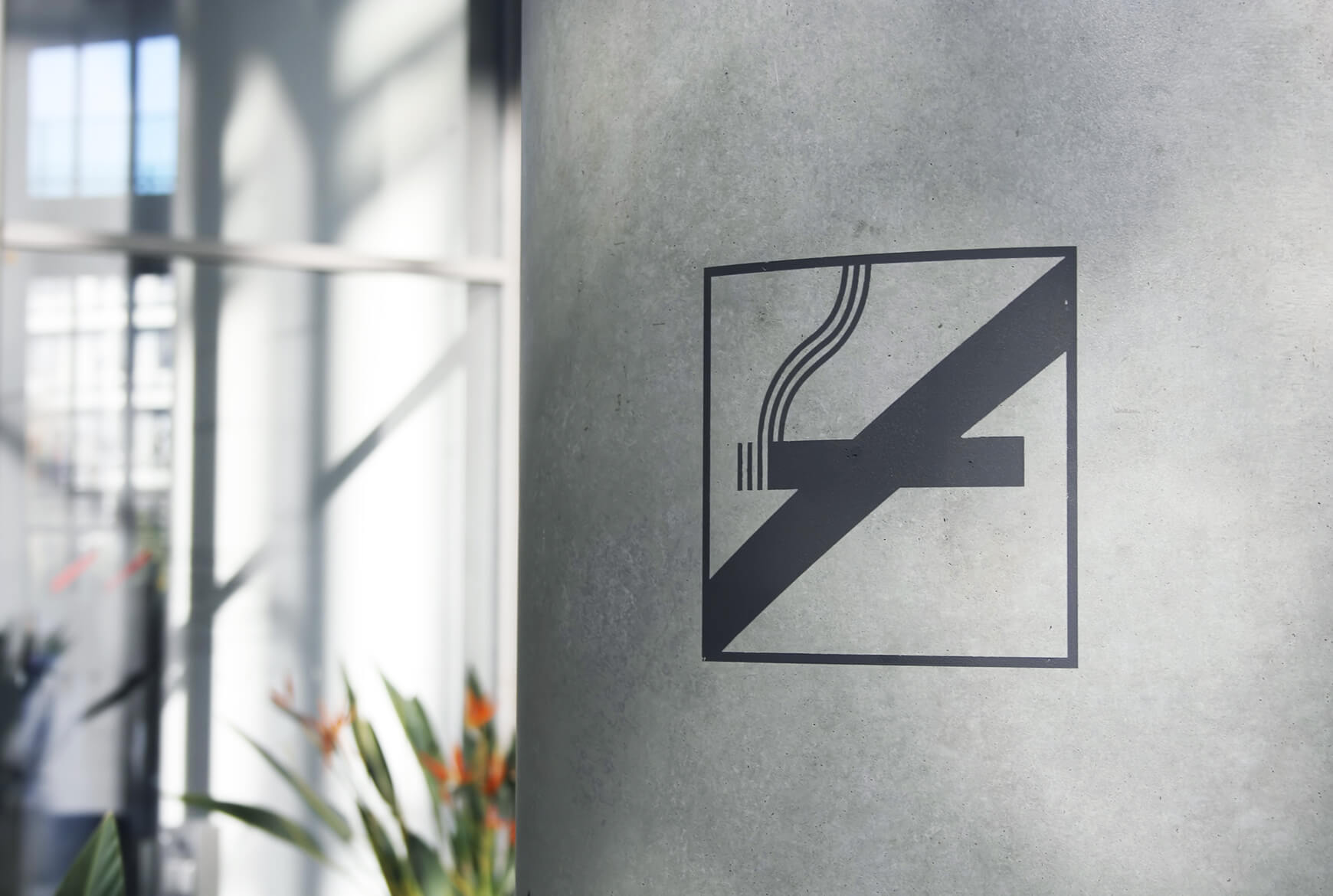Protect your apartment building from fires!

Do you own at least one apartment building? Do you stay up at nights worrying about fires? Even if you sleep like a log, our three-step process and their safeguards will provide you with even greater peace of mind. Better still, you could avoid filing a real estate property insurance claim and all the other hassles that come with a fire.
Step 1: Having the right equipment and maintaining it
The first step consists of purchasing all the safety equipment you need and doing a maintenance inspection every six months.
1. Smoke detectors
Install them near rooms in all your buildings, and inspect them twice a year:
- Replace the smoke detector’s batteries and test them. For example, you can place the smoke from a burned out candle directly under the detector to see if it detects the smoke.
- When you’re replacing the batteries, clean the detectors with the nozzle of a vacuum cleaner. If the case opens, also gently vacuum the dust from the interior.
- If you notice that a smoke detector has been painted, is in poor condition or is over 10 years old, replace it.
2. Fire extinguishers
Purchase one extinguisher per unit and place it in the kitchen. Make sure the instructions are visible. Inspect these devices twice a year:
- Make sure they are always accessible when they’re needed.
- Lift the extinguisher: You’ll know from the weight if it’s still full. If not, have it filled (at least every six years) or right after it was used.
- Keep an eye on the pressure level: The needle should be in the green zone of the pressure gauge.
- Replace them at the first sign of rust, a leak or any other anomaly.
- Most of the extinguishers look like they’re in tip-top shape? Have a specialist inspect them once a year nonetheless.
3. Electrical devices and appliances
Even though they may look harmless, certain electrical appliances or installations can be major fire risks.
Dryers
As an owner, you could...
-
- Clean the flue pipes with a vacuum cleaner once a year.
- Ensure that hot air is being discharged properly: In the winter, ice or freezing shouldn’t block the exterior flapper.
Your tenants also have a role to play. For example, they must clean their dryer’s filters: The lint (the residue inside) is extremely flammable. Discover other useful tips to prevent dryer fires (This hyperlink will open in a new tab). in your apartments.
Refrigerators
Clean or ask your tenants to remove the dust on the condenser coil and other mechanisms on the back of the fridge in your units. Dust buildup can be hazardous.
Electric outlets
- Have electrical outlets installed in the bathrooms connected to integrated circuit breakers.
- Replace defective outlets, or have them repaired.
- If there are outlets located outside, on balconies for example, make sure they are connected to circuit breakers and covered.
Step 2: Create a space for smokers
For this second step, you need to create a space where people can smoke while also reducing the risk of fire:
- Create a space outside your building and install outdoor, fire-safe ashtrays. Pick an area away from flower beds and pots: The soil used for potted plants (This hyperlink will open in a new tab). and mulch are flammable. People shouldn’t be putting out their stubs in them.
- Put up posters for smokers, both inside and outside the building. These posters should specify the areas where smoking and disposal of stubs is prohibited, but also indicate areas where it is permitted.

Step 3: Keep your tenants informed
Preventing fires is not just your responsibility! Inform your tenants as soon as they move in so they can also adopt best safety practices.
Here’s an overview of precautions you should ask your tenants to follow:
- Test the smoke detectors every month (to do so, simply press the test button for several seconds).
- Never paint the building’s extension cords and cables. This can cause the cladding to dry out, making it susceptible to cracking and causing a fire.
- Never overload electrical outlets and extension cords. If they emit heat, it’s better not to use them.
- Flammable domestic products such as hairspray, fondue fuel, paint, etc. must always be stored away from heat sources.
- When celebrating Halloween or Christmas, use LED candles, lights that are in good condition or a fire-resistant artificial tree.
To provide your tenants with more information, include additional recommendations to prevent cooking fires (This hyperlink will open in a new tab).. They’re pretty common in Canada every year.
- Choose a heating element that’s smaller than the pan or pot you’re using.
- Stay alert when something is cooking on the stove, and turn it off when you leave the kitchen.
- When deep frying, always use an electric fryer that’s equipped with a thermostat.
- If flames erupt in a pot, use the cover to smother the fire – never use water. With some types of fires, water can make things worse (This hyperlink will open in a new tab)..
Your three-step fire prevention plan can save lives. It can also help you sleep with peace of mind without having to worry about a loss occurring in your building.
